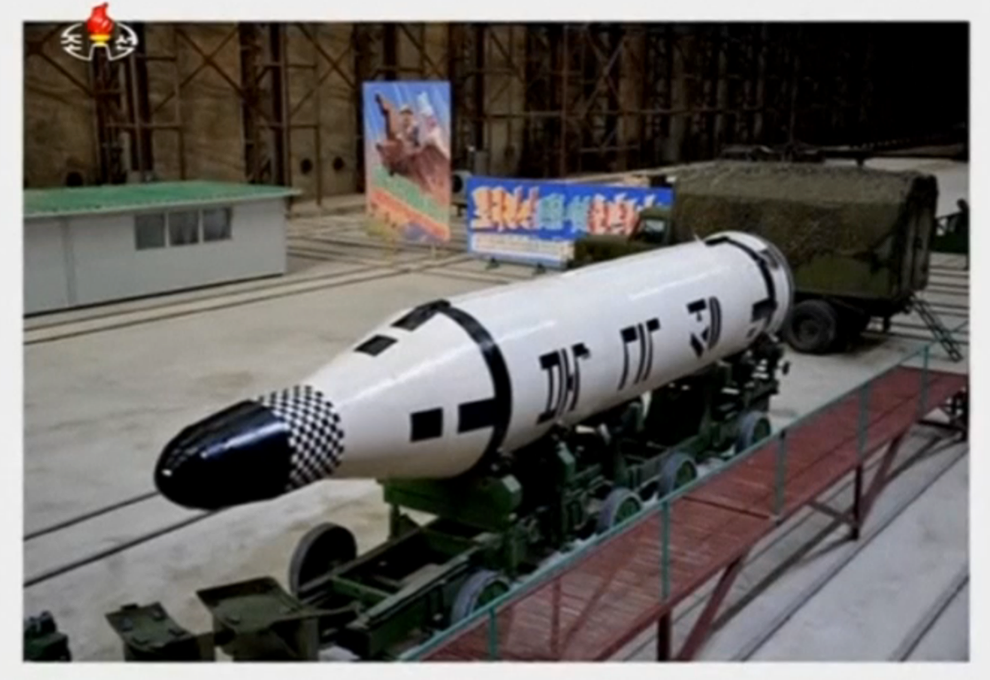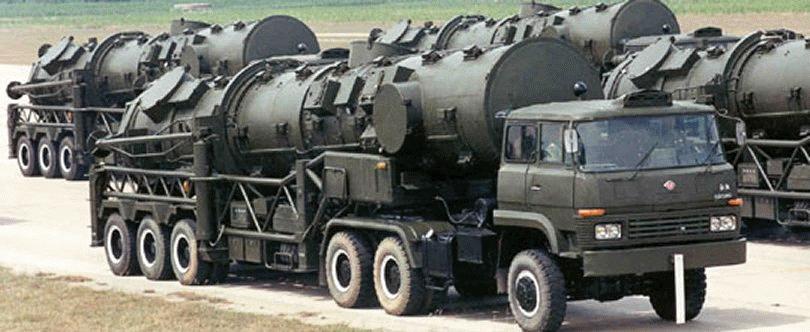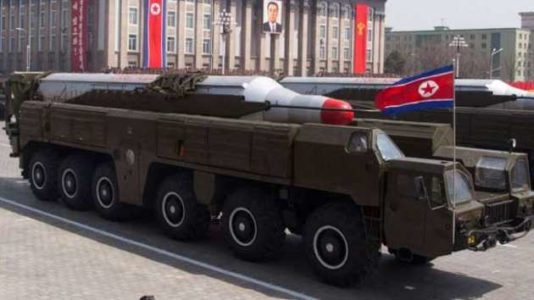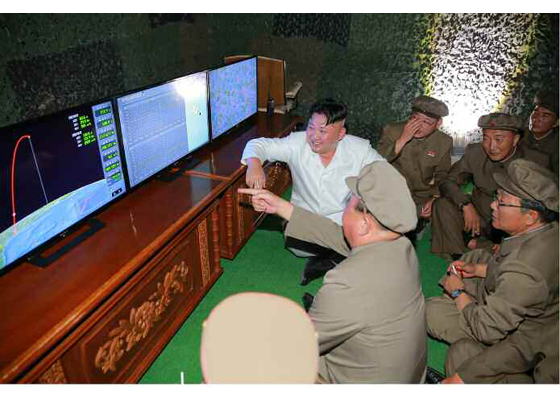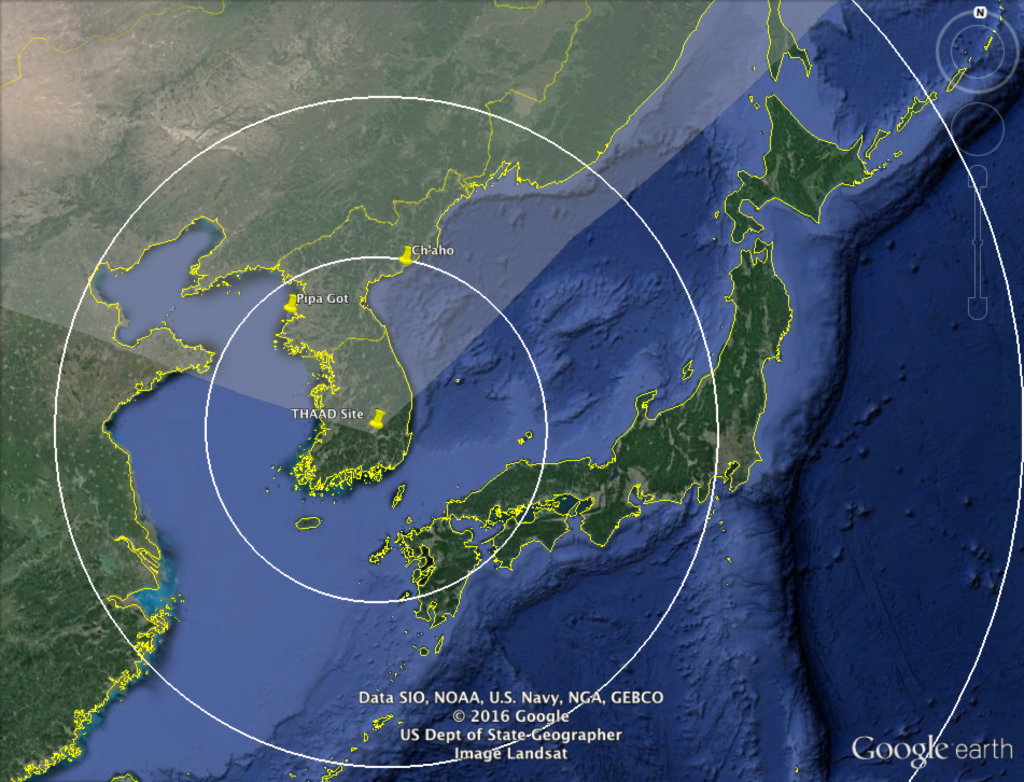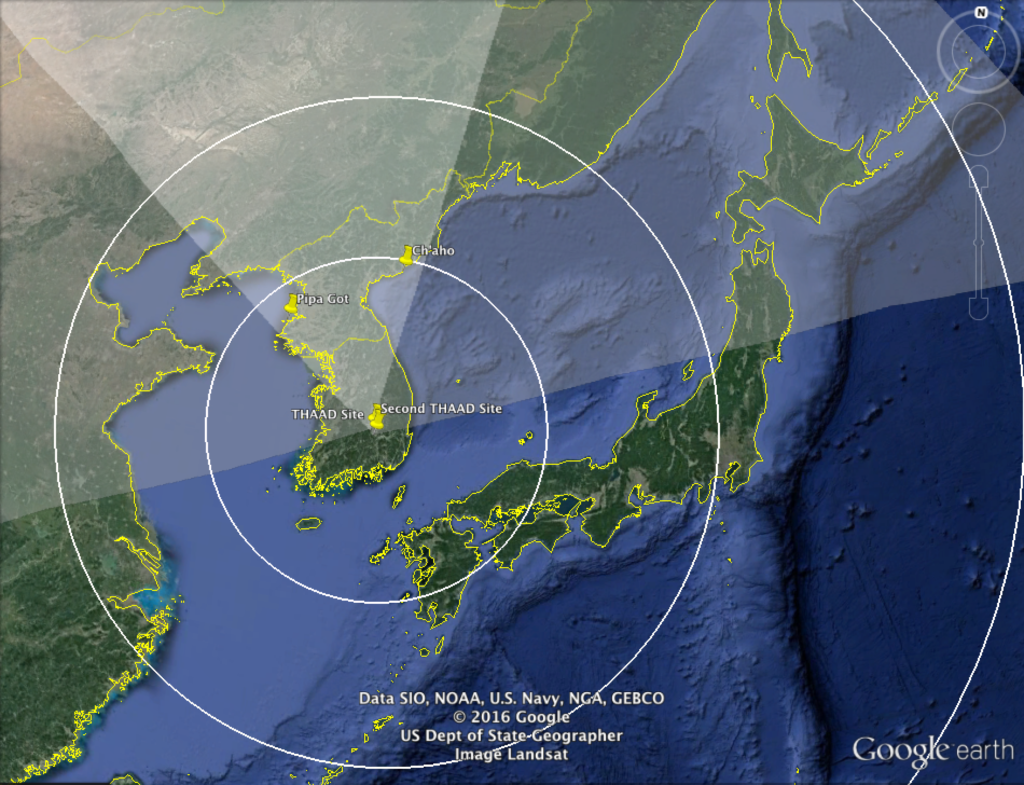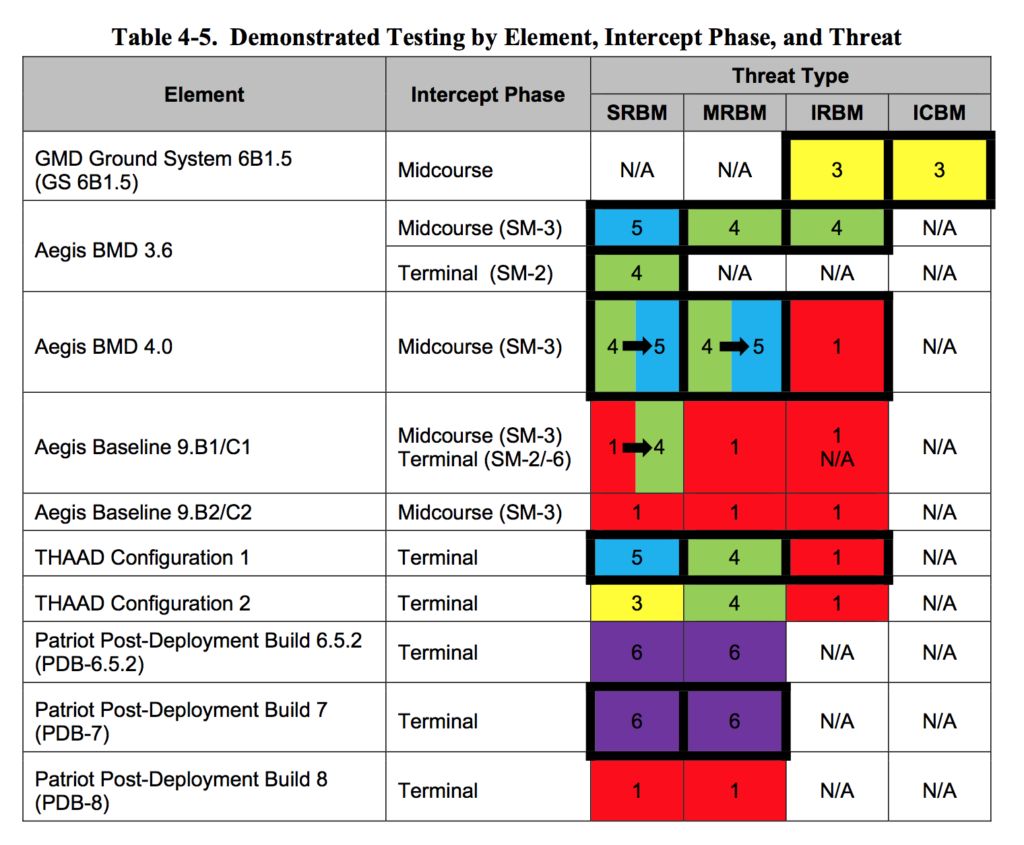Hummm.....
For links see article source.....
Posted for fair use.....
http://english.yonhapnews.co.kr/national/2016/08/29/0301000000AEN20160829000600315.html
Politics/DiplomacyNationalPolitics/Diplomacy
(EDITORIAL from The Korea Times on Aug. 29)
2016/08/29 07:22
NK missile threat
SLBM tests should serve as wakeup call to China
It is laudable for China to join the world at the United Nations to condemn North Korea for its Aug. 24 test of a submarine-launched ballistic missile (SLBM) that flew inside Japan's air defense zone.
In the aftermath of the North's Aug. 3 test, Beijing didn't sign on for the U.N. condemnation, insisting that the United States first cancel its plan to deploy a missile interceptor in South Korea.
By many indications, the latest move by the Chinese leaves a lot of doubt over whether this is a permanent change of stance toward its client state's strategic weapons programs ― missiles and nuclear weapons.
Rather, it should be better seen as part of China's elaborate efforts to prevent any distraction in the lead-up to the G-20 Summit it hosts in Hangzhou, Sept. 4 and 5.
Chinese Foreign Minister Wang Yi reiterated his country's opposition to the deployment of the Terminal High-Altitude Area Defense (THAAD) battery in South Korea during a meeting with his counterparts from Seoul and Tokyo, which was held on the same day the North conducted its latest SLBM test.
This signifies Beijing sees a greater threat in THAAD, a defense-oriented weapon system, than the North's missiles that can make a deadly mix when combined with its nuclear weapons.
There are other signs that Beijing doesn't take the North's weapons of mass destruction seriously. Despite the toughest-ever U.N. sanctions taken following the North's nuclear and long-range missile tests early this year, Beijing is suspected of not being strict enough with controlling the movement of goods to the North. Also, it has paid the North tens of millions of dollars in exchange for fishing rights in the East and West seas. An educated guess is that irrespective of its intentions, China has helped the Kim Jong-un regime continue with its dangerous weapons programs.
China may feel the North in its pocket for many reasons. First of all, it is the key supplier of everything Pyongyang needs. If it cuts off fuel pipelines, the North's industry would grind to a full stop. Or if it withholds grain exports, famine would hit the North.
Plus, China certainly believes that the North, which is indulged in the game of pretending to be a big power, is better to have borders with than with the South, a U.S. ally.
But China should wake up from this old thinking for itself and the rest of the world.
The North's stealth SLBM has become sophisticated and the country is pushing hard for the development of intercontinental missiles as well as nuclear warheads through miniaturization efforts. Some experts say that it is only two years before the North's SLBMs go operational. It's noteworthy that the North is one of a handful of nations that have conducted nuclear tests in the latest 10 years, a reason why its nuclear devices can't be underestimated.
China shouldn't rule out the possibility that the North's nuclear-tipped long-range missiles are turned in the direction of Beijing or Shanghai, much closer than targets in the United States. After all, an old diplomatic saying goes, "There are no permanent friends nor permanent enemies but only permanent interests." China needs to stop being shortsighted, see the runaway train in the North and sincerely join in the global efforts to stop it before it's too late.
(END)
For links see article source.....
Posted for fair use.....
http://english.yonhapnews.co.kr/national/2016/08/29/0301000000AEN20160829000600315.html
Politics/DiplomacyNationalPolitics/Diplomacy
(EDITORIAL from The Korea Times on Aug. 29)
2016/08/29 07:22
NK missile threat
SLBM tests should serve as wakeup call to China
It is laudable for China to join the world at the United Nations to condemn North Korea for its Aug. 24 test of a submarine-launched ballistic missile (SLBM) that flew inside Japan's air defense zone.
In the aftermath of the North's Aug. 3 test, Beijing didn't sign on for the U.N. condemnation, insisting that the United States first cancel its plan to deploy a missile interceptor in South Korea.
By many indications, the latest move by the Chinese leaves a lot of doubt over whether this is a permanent change of stance toward its client state's strategic weapons programs ― missiles and nuclear weapons.
Rather, it should be better seen as part of China's elaborate efforts to prevent any distraction in the lead-up to the G-20 Summit it hosts in Hangzhou, Sept. 4 and 5.
Chinese Foreign Minister Wang Yi reiterated his country's opposition to the deployment of the Terminal High-Altitude Area Defense (THAAD) battery in South Korea during a meeting with his counterparts from Seoul and Tokyo, which was held on the same day the North conducted its latest SLBM test.
This signifies Beijing sees a greater threat in THAAD, a defense-oriented weapon system, than the North's missiles that can make a deadly mix when combined with its nuclear weapons.
There are other signs that Beijing doesn't take the North's weapons of mass destruction seriously. Despite the toughest-ever U.N. sanctions taken following the North's nuclear and long-range missile tests early this year, Beijing is suspected of not being strict enough with controlling the movement of goods to the North. Also, it has paid the North tens of millions of dollars in exchange for fishing rights in the East and West seas. An educated guess is that irrespective of its intentions, China has helped the Kim Jong-un regime continue with its dangerous weapons programs.
China may feel the North in its pocket for many reasons. First of all, it is the key supplier of everything Pyongyang needs. If it cuts off fuel pipelines, the North's industry would grind to a full stop. Or if it withholds grain exports, famine would hit the North.
Plus, China certainly believes that the North, which is indulged in the game of pretending to be a big power, is better to have borders with than with the South, a U.S. ally.
But China should wake up from this old thinking for itself and the rest of the world.
The North's stealth SLBM has become sophisticated and the country is pushing hard for the development of intercontinental missiles as well as nuclear warheads through miniaturization efforts. Some experts say that it is only two years before the North's SLBMs go operational. It's noteworthy that the North is one of a handful of nations that have conducted nuclear tests in the latest 10 years, a reason why its nuclear devices can't be underestimated.
China shouldn't rule out the possibility that the North's nuclear-tipped long-range missiles are turned in the direction of Beijing or Shanghai, much closer than targets in the United States. After all, an old diplomatic saying goes, "There are no permanent friends nor permanent enemies but only permanent interests." China needs to stop being shortsighted, see the runaway train in the North and sincerely join in the global efforts to stop it before it's too late.
(END)

